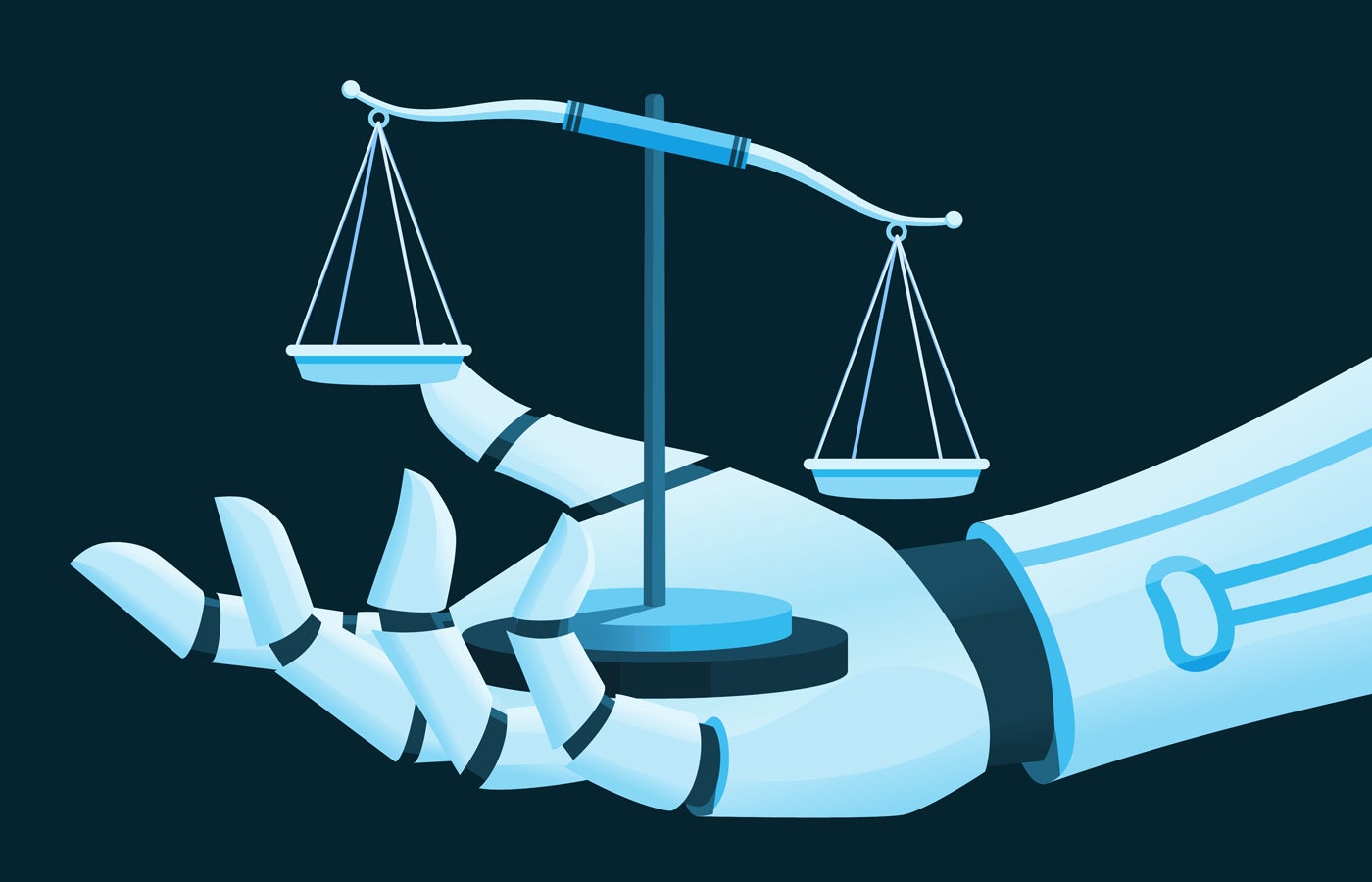Companies using SAP ERP Central Component as their primary ERP system in Australia and Asia Pacific face a looming deadline to migrate to SAP’s new S/4HANA Cloud ERP system in 2027, when SAP plans to end mainstream support. Before that date, SAP is asking customers to migrate using its own “Rise with SAP” migration and modernization offering.
Organizations in the region, like other global markets, have been slow to commit to migrating to SAP S/4HANA Cloud. Reasons include the time it takes to commit to such a strategic decision, conflicting business priorities in a competitive market, the cost of what could be a very complex migration, and unpopular changes in the past to SAP’s roadmap for local license holders.
With a potential crisis looming for companies looking to migrate before the deadline (or even before an extended support deadline set for 2030), Luiz Mariotto, global vice president of SAP Support at Rimini Street, told TechRepublic that many organizations are considering alternatives, which may include looking at competing ERP products or seeking third-party support options.
What migration timeline has SAP set for its ERP customers?
SAP announced that it will end mainstream support for its SAP ERP Central Component product on December 31, 2027. The company had initially expected customers to have migrated to SAP S/4HANA Cloud by that date. SAP had previously set a migration target date of 2025, but in 2020 postponed the migration to 2027 due to customer concerns about meeting the 2025 deadline.
The end of mainstream support for SAP ECC in 2027 means that SAP customers will have no choice but to begin a migration to SAP’s cloud product if they wish to follow SAP’s roadmap. However, customers who are unable to complete the migration will be able to access an optional support extension program at an additional cost for SAP ECC 6.0 Enhancement Pack 8, which will be available until an end date of 2030.
SEE: Is SAP or Oracle the Best ERP Solution for You in 2024?
Another factor that organizations are considering is SAP’s decision to restrict a number of product innovations, including AI, to the SAP S/4HANA Cloud product. This means that while some on-premises customers have invested in migrating to the S/4HANA database (which underpins the cloud product), those customers may not get promising innovations in the future.
Are companies migrating to S/4HANA cloud ERP?
In 2024, Big Four accounting firm PwC noted in an update on SAP migration that it had seen “very few Australian and New Zealand customers migrate so far” to S/4HANA, despite the fact that “three years is not a long time to successfully execute a migration.” This sentiment parallels the reluctance of SAP’s global customers to enthusiastically embrace the upgrade early.
“The sentiment we are seeing in the market at the moment is that there is very little appetite for large-scale transformation programmes,” PwC continued. “It can be difficult to justify spending A$50-100 million and disrupting the way your business operates for several years to implement a new ERP, even more so when there are so many competing priorities,” the firm said.
PwC noted “a high level of activity in the market” in the six months to May 2024, which it attributed to companies starting to plan their migration. “With SAP’s 2027 deadline unlikely to be extended, we expect to see a significant number of ANZ companies starting their S/4HANA programmes in 2025 and into 2026,” the firm wrote.
Gartner finds SAP is not updating customers at a fast pace
Gartner observed similar results across global markets in research it published in October 2023. It found that only 33% of SAP users relying on SAP’s legacy ECC system had purchased or subscribed to licenses that would allow them to begin migrating to S/4HANA, based on data available at the end of the second quarter of 2023.
SEE: How does Sage compare to SAP in 2024?
At the time, Gartner found that only one-fifth of ECC users had installed at least one component of the latest version of the ERP platform. “Gartner still sees little evidence that migrations to SAP S/4HANA are proceeding at the pace needed to meet SAP’s goal of ending mainstream maintenance support for ECC by 2027,” Gartner’s research stated.
Asia-Pacific markets differ in their approach to the upcoming update
Rimini Street, which offers third-party support for products such as SAP ERP, saw varying reactions to SAP’s roadmap in different markets. Mariotto said user groups in Europe had shown a greater willingness to oppose elements of SAP’s plan, particularly around the decision not to deliver critical innovations such as AI to those with on-premise S/4HANA licenses.
Mariotto said SAP’s Australian customers have traditionally had strong brand and product loyalty, but this had been tested by the local licensing change. He said IT leaders who had forced SAP’s hand by securing commercial investment for the upgrade to the S/4HANA database now needed to develop another business case internally for another migration to the cloud product.
Meanwhile, in the broader APAC region, Rimini Street is finding the Japanese market particularly receptive to its extended third-party support offering. Mariotto said the country has a large number of SAP customers, but these customers were also more willing to “wait and see” rather than rush ahead on SAP’s timeline for migration, which could tip them toward other options.
Some APAC customers are opting for SAP
While some customers are resisting an urgent SAP upgrade, many others will choose to migrate to SAP’s cloud product. Some APAC customers are starting to migrate. SAP’s Q4 2023 results announced that new brands choosing Rise with SAP included Airservices Australia, Christchurch City Council, Chandra Asri Pacific, and Coles Group. In June 2024, the Australian Federal Government’s Digital Transformation Agency renegotiated a three-year, AUD$152 million agreement to support agencies in upgrading their ERPs.
What is behind the reluctance to migrate to SAP's cloud product?
In PwC’s update, economic conditions, margin pressures, evolving business models and disruptive technologies were noted as some of the pressures facing companies that may delay their decision to move forward with the transition to SAP’s cloud product.
Below are some other reasons why SAP customers may choose to delay cloud migration.
Cost of migration and business value: Migration will require an investment over several years, in the tens or even hundreds of millions when subscription and implementation are taken into account. Companies must also calculate the expected value to their business.
Timing and priorities: The timing decided by SAP may not be suitable for all companies in all industries, some of which may be struggling with tough market conditions or looking to invest funds in other forms of innovation, outside of an ERP upgrade.
SEE: We compare the HR capabilities of Workday and SAP in this review.
Complexity: PwC pointed out multiple paths for migration, including “greenfield,” “brownfield,” or “mix and match” approaches. The bottom line is that migration will be very complex for large organizations, as many have developed many customizations for the on-premise product.
Vendor relationship: SAP customers, particularly those who invested in an on-premises license, may be concerned about the vendor’s roadmap after SAP indicated that future innovations such as AI, generative AI and sustainability features will only be available as part of the cloud product.
What SAP migration options do customers have before 2027?
The 2027 deadline appears problematic for some SAP customers, as many of them are expected to need to extend support until 2030 to complete their migration project. Customers will consider a wide variety of options ahead of the migration deadline.
Follow the SAP roadmap
Many existing customers are preparing to follow SAP’s roadmap. While this will require customers to invest in migration and implementation, as well as SaaS subscription costs, it could also deliver value to customers by providing a modern cloud ERP, with SAP particularly focusing on advantages such as the ability to leverage artificial intelligence.
SEE: SAP SuccessFactors Review: Pricing, Features, Pros, and Cons
Continue “wait and see”
Gartner’s advice in 2023 was for organizations to take their time, even though time was running out to plan for the transition to SAP S/4HANA. Many organizations may still follow its advice, which was to “resist the temptation to short-circuit the planning process” and “consider the broader implications of moving ahead to meet end-of-life deadlines.”
Choose alternatives
The need for a complete cloud product refresh from SAP is prompting some customers to consider alternatives, such as competing ERP systems from Microsoft, Workday, Oracle and others, or expanded third-party support services such as Rimini Street, which can help customers extend the life of their on-premises software while investing in other strategic priorities.












